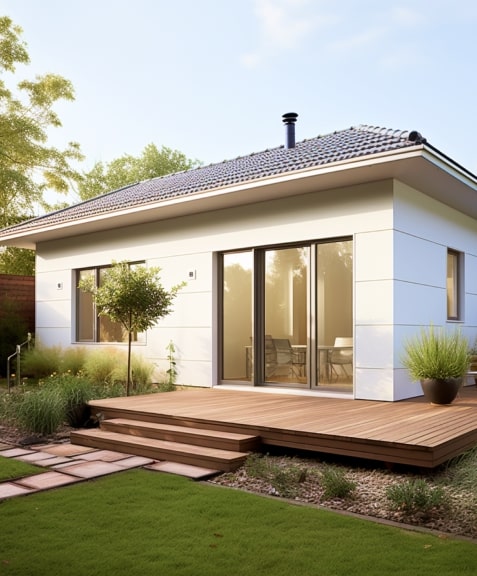
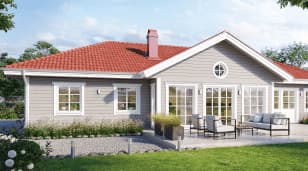
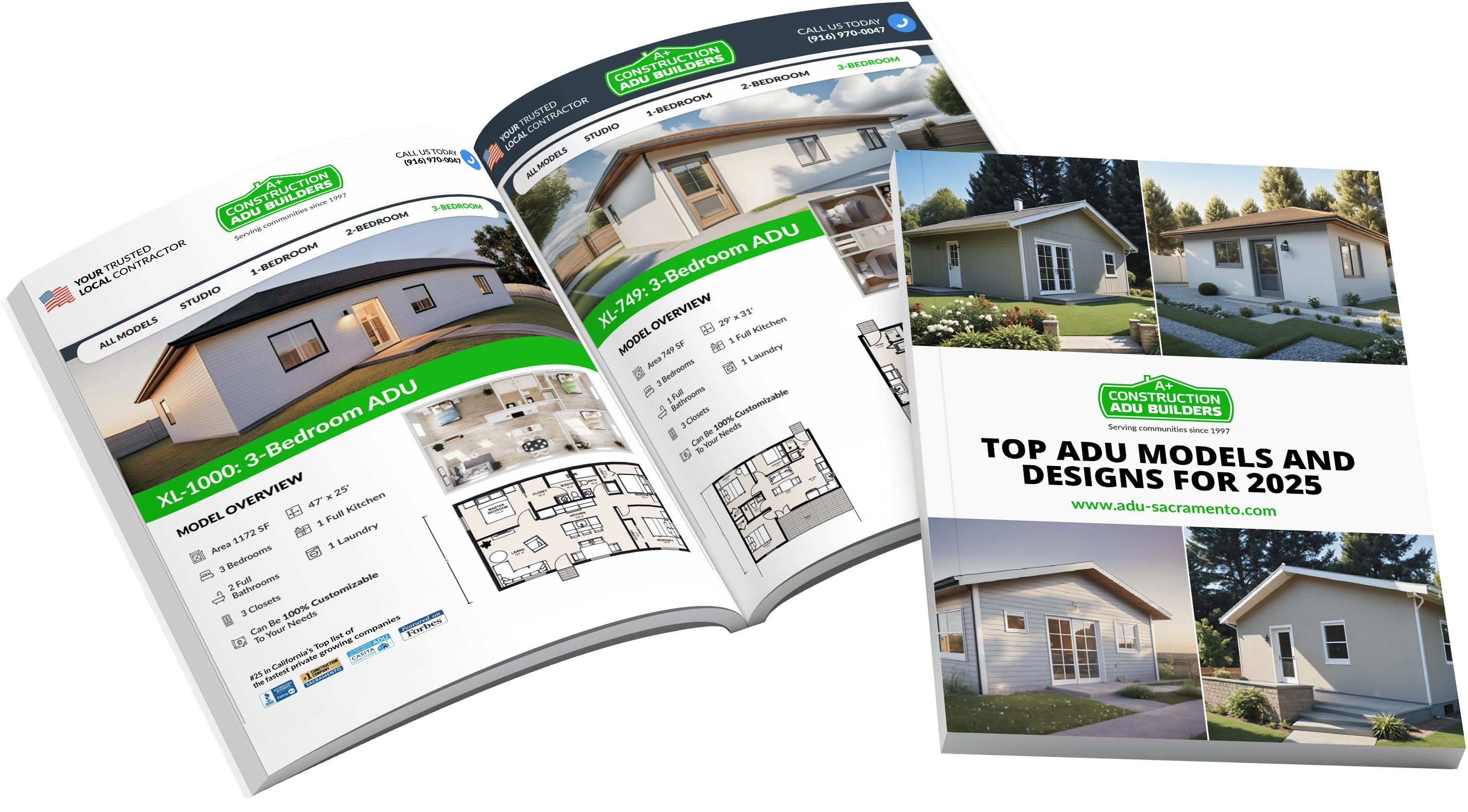

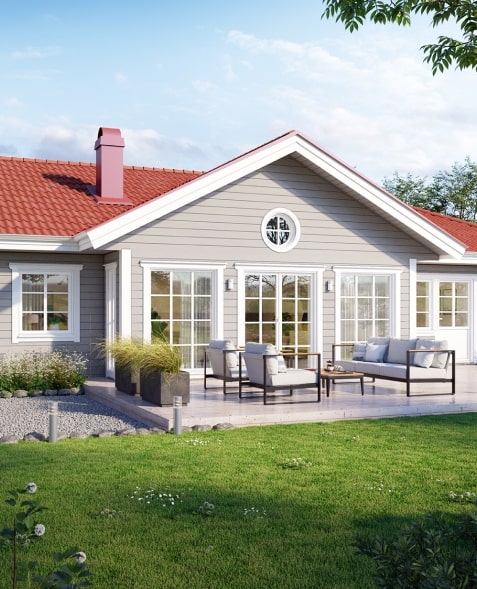
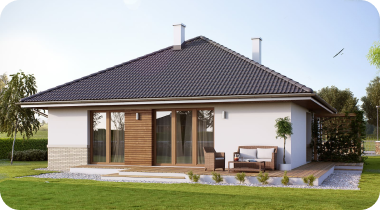
A link to download your FREE brochure will be in your inbox in 3 minutes
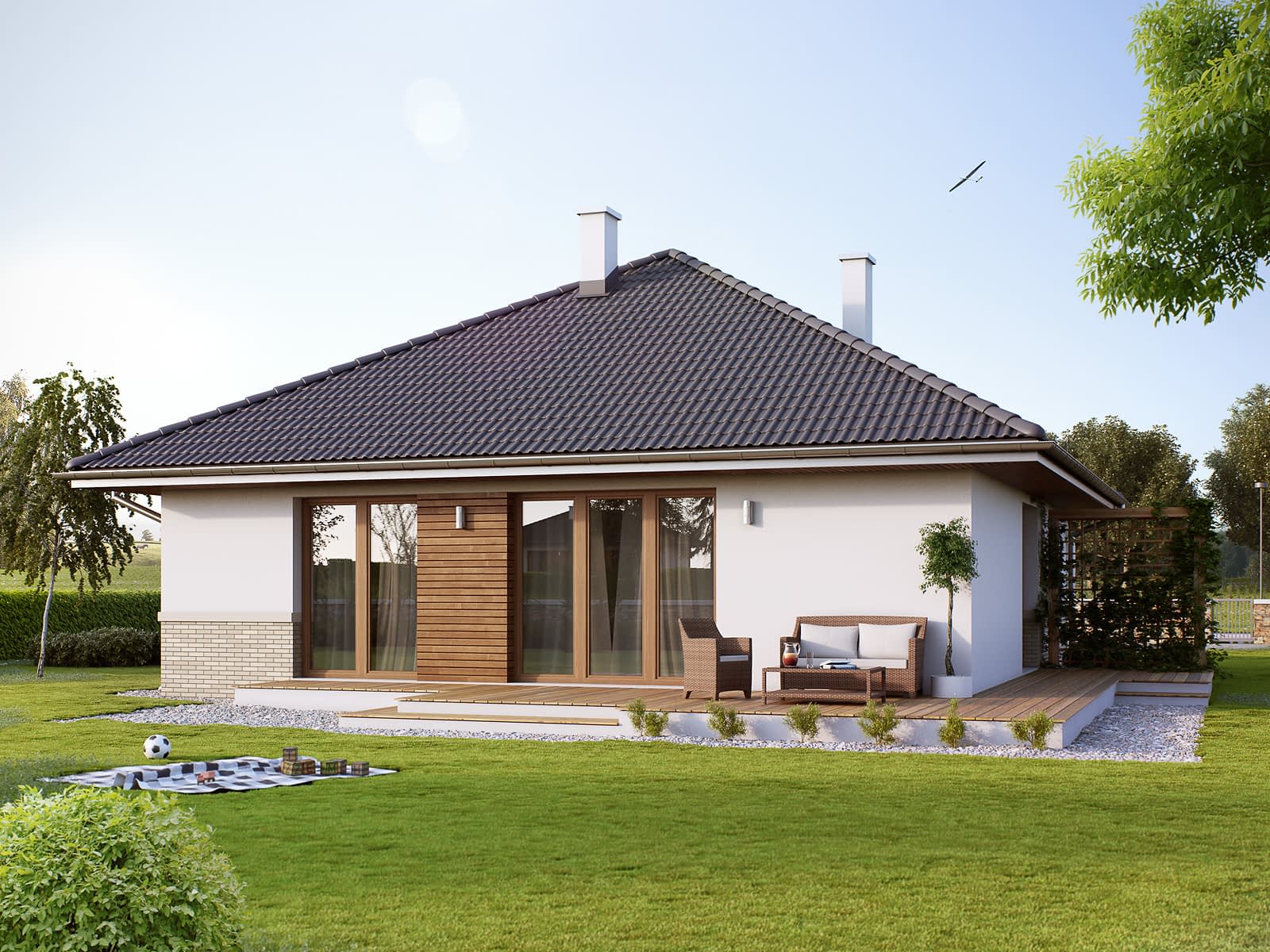





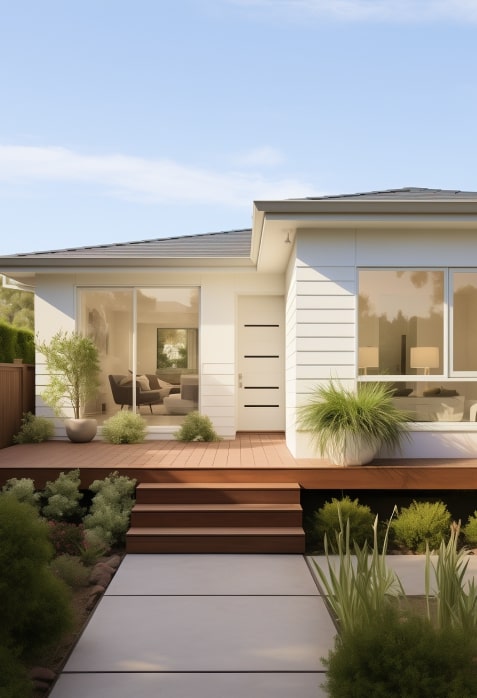
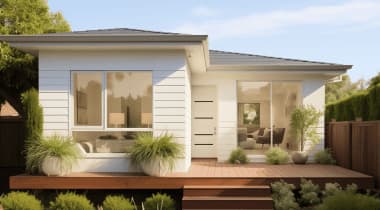











The final price may vary based on project specifics.
To get a free accurate quote tailored to your needs, book a consultation with us today!

The price per square foot provided is an average and may vary depending on project-specific details such as materials, location, complexity, and other factors. Actual costs may differ from the average provided.
It is recommended to obtain a detailed quote based on the specific requirements of your project.

Please note that the monthly payment displayed on this page is an estimate and is subject to variation based on the selected loan product, applicants credit score, loan amount, and other financial details. Actual monthly payment may differ from the estimate provided.
It is recommended to seek advice from a financial advisor or loan officer to obtain precise payment information tailored to individual circumstances.
 Your Trusted
Local Contractor
Your Trusted
Local Contractor
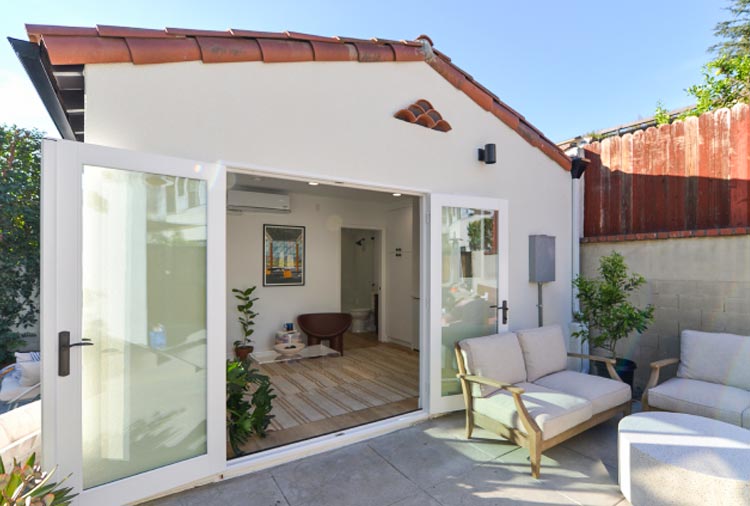
Garage conversions are popular remodeling projects that present an opportunity to capitalize on the underused former garage space. If there’s small space on your lot, converting a garage enables you to generate a new room without extensive building and using the space in your backyard. Aside from backyard conversions, a front-of-house garage conversion is also a possibility. Although it might incur unique challenges, it also provides homeowners with opportunities to maximize habitable space on their plots.
Let’s explore the peculiarities of garage conversions in front of the house and discuss steps to take in order to create a livable unit, integrating the garage conversion into your existing design!
If you wonder why converting a garage, we can offer you a whole series of possible explanations. Some people simply don’t need garages anymore, so they’re looking for opportunities to put the cluttered structures to good use. Others have two-car garages while using only half of them, which spurs them to search for solutions that serve a more practical purpose.
The decision to repurpose a garage may stem from a desire to optimize living space or expand it while better utilizing the available square footage within the lot.
In general, garage conversions can help address several problems at once. These involve:
If you began to notice that the dining room became too cramped for your grown family or your children grew up and they want their own space that parents have no control over, converting a former garage may be a good idea, especially if you’re in search of the most affordable housing option.
Since garages already have walls, foundations, and roofs, they require fewer resources than any other type of livable construction for their full completion. If your garage doesn’t require many modifications and is in a good state, you will not have to start from scratch. This means less building materials and less payment for working hours.
Unlike home extensions that are limited by the existing layout of the house, garage conversions allow for more flexibility. They provide a separate space that you can use for a variety of purposes, from home offices, guest houses, and home gyms to rentals.
A garage conversion is an extensive project. That is why, typically, it can add from $30,000 to $100,000 to the property value. When you decide to sell your property, a garage conversion can become a great investment that not only enhances the livability of the land but also increases its overall market value.
To sum up, whether you’ve been dreaming of a lovely garden cottage in the courtyard or of a functional living space within your lot, a well-executed garage remodel can provide both immediate gains and a long-term payoff on your investment.
The space in front of the main house is a special spot on your property, so if your converted garage occupies this location, it will have to comply with a certain number of specific requirements.
First of all, a street-facing facade may demand homeowners adhere to stricter rules related to possible designs. Some municipalities may specify permitted architectural styles, materials, finishes, size or style of windows and doors, rooflines, and even color schemes to maintain the curb appeal and preserve the neighborhood uniformity. Moreover, once you finish the conversion, you might need to undergo a check by a design review board, which will determine if every design element fits the guidelines.
Secondly, front-of-the-house structures sometimes face more thorough regulation in terms of setback requirements (distance from the property line), zoning laws, limitations on the number of occupants, and other specific restrictions. When you convert a front yard garage, it may require compliance with a stricter set of rules compared to garage conversions in different locations on the property. For instance, the property line might not be where you think it is, and you’ll have to check in with your local permitting office.
All in all, if you ask whether it’s possible to convert a garage in front of your house into a living area, the short answer is yes. But doing so, it’s essential to ensure careful adherence to local rules and regulations, concerning the specific status of street-facing structures.
To ensure a smooth remodel and guarantee quality results, the first thing you do is estimate the garage condition and plan the conversion layout. The converted garage should fulfill the minimum square footage requirement, height requirement, and egress requirement and conform to all building standards.
Once you choose the layout, taking into account existing utility connections, you may need a structural engineer to assess any necessary modifications to ensure the structural integrity of the converted space. You’ll need to make sure the new garage conversion has enough natural light. That’s why you’ll probably have to consider adding new windows. Then an architect will design and specify the framing system, wall placement, and structural components of the new space, determining room location.
Also, consider thinking through the following aspects: the garage door, the driveway, and the garage floor level. To make it look like part of the house, you’ll want to change the garage door in a way that blends with the rest of your home’s exterior. Also, you need to consider removing the driveway and replacing it with some landscaping features. Besides, think about evening out the floor to align with the rest of the main house.
Once you’ve done with planning, it’s time to proceed with subsequent stages of garage remodeling.
First things first, you declutter the garage by removing all items and cleaning up. Then, it makes sense to fix and seal all the cracks in the garage walls, floor, and ceiling since you need a stable base for future works.
The follow-up actions will include:
In addition, remember that parallel with the construction, you’ll need to go through the permission process. Before the remodel, you will have to obtain building permits. During the construction, inspections will come to your site to check if your initial plans correspond with what is actually going on the site.
In conclusion, turning a garage into a nice living space takes a whole array of important steps to make sure it turns out successful and actually works for you. The process of converting garages may require several structural changes, with their extent depending on the original garage condition. If the project demands significant changes, it’s advisable to hire a reputable construction company to perform the task to the T!
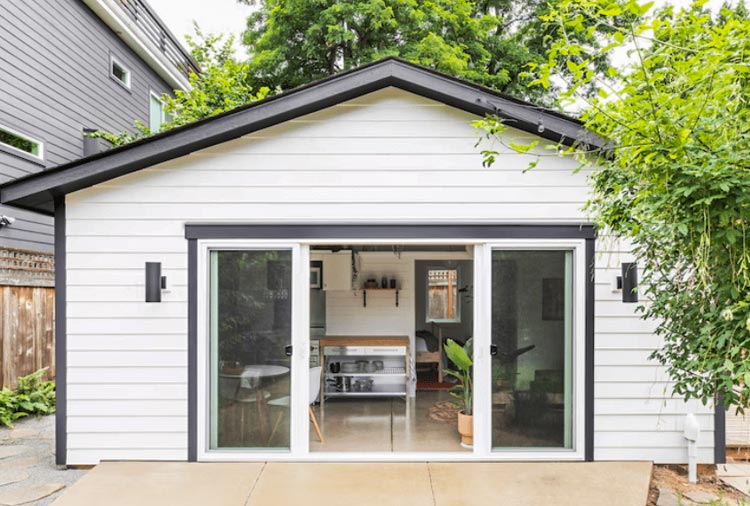
When it comes to a garage conversion, the major issue with it is that after low-quality renovation, the space may inadvertently reveal its original function as a garage. To avoid this, we recommend sneaking a peek at suitable layouts and designs employed by other homeowners and stealing some of the ideas, adapting them to your individual conditions.
Below, we have gathered a few creative ideas as to what styles and design features you may use.
If you don’t want your new living space to resemble a garage, opt for a more residential-like exterior. It may be something as simple as log siding (better if it fits the style of the main house) or something more elaborate, such as textured paint and decorative tiles.
To integrate your conversion into the landscape, create a well-manicured lawn, a nice pathway, and add a few potted plants or a water feature nearby it. This will create a feeling that a new space flows seamlessly from the existing surroundings, not contradicting but enhancing the overall aesthetics of your yard.
Think about installing a deck to expand the outdoor space of your garage conversion. You can place some garden furniture, creating a nice seating nook for the new conversion residents. Another option is to think about incorporating a small pergola with a vertical garden on its outer side, which can also climb onto the exterior of the garage.
To make your garage conversion more stylish and modern, opt for translucent new doors. Not only will this let in more natural light, but it can also make your space feel more spacious. Besides, glass doors can add a modern touch to the overall aesthetic, creating a bright, open atmosphere in a transformed space. And if the doors lead to the outdoor space, even a small one, it will allow the residents of the conversion to feel like they’re surrounded by nature.
It’s possible to transform the overall space by using string lights, lanterns, or other original lighting fixtures. You can place them along the pathway to your garage conversion or high-specific design elements of the new living space.
Get a First Look at Real ADU Projects